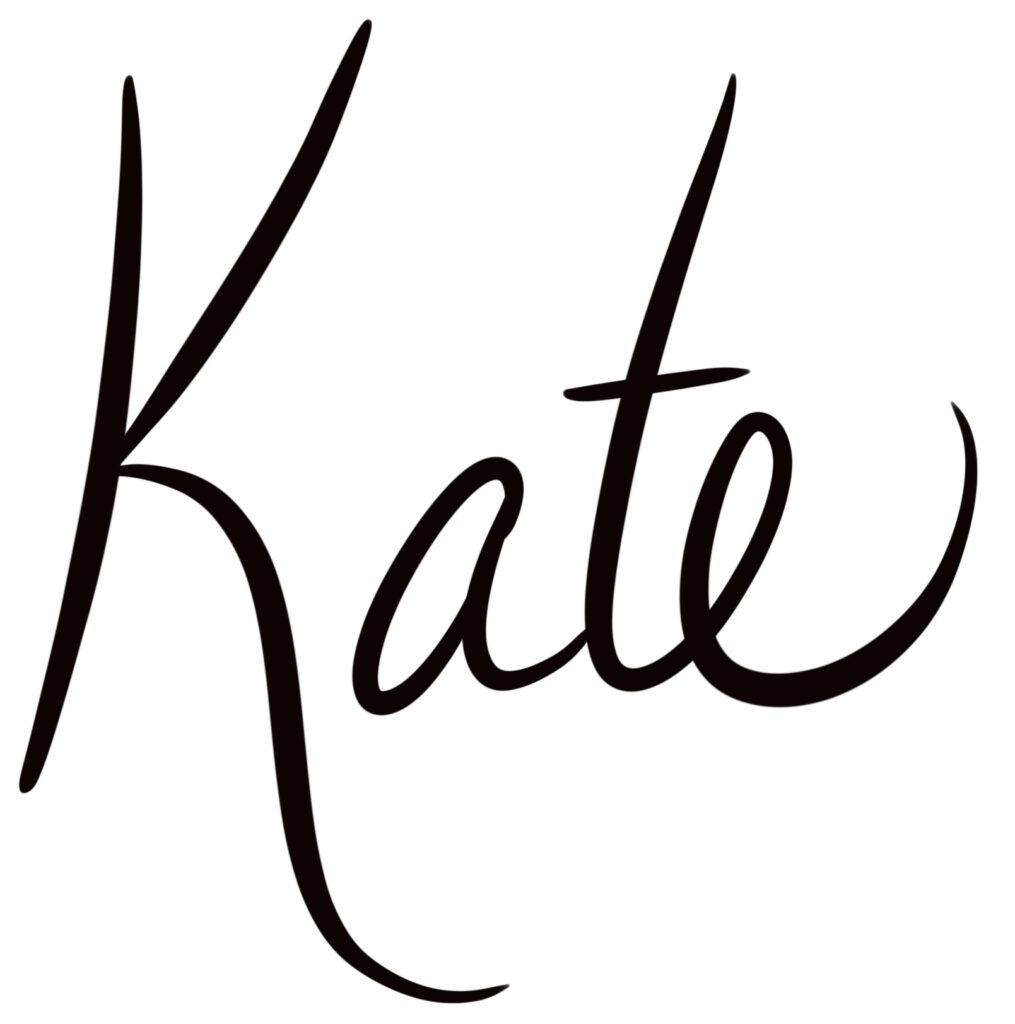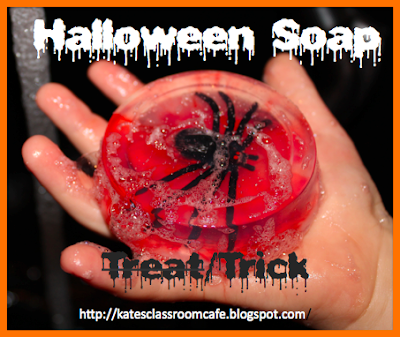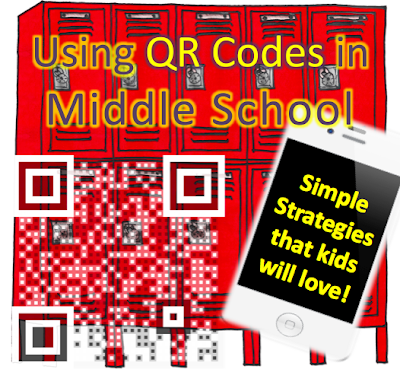Thanks for stopping by Captivate Science where were love all things DOODLE NOTES! Be sure to follow us on Instagram for tons of tips, updates and freebies! and check out our store with over 100 Doodle Note tools to help in your classroom.
Love the idea of doodle notes but don’t know where to start? Kids are naturally creative and with a little explanation they will learn how to use creativity to build meaning during the note-taking process.
This FREE doodle note booklet explains what doodle notes are, how to make the most of them and why they will help improve memory!
How will doodle notes help me learn?
How do I take doodle notes?
All doodle note pages are different, but these techniques can help you with ANY doodle note!
- COLORING
- LETTERING
- EMPHASIZING
- CONNECTING
COLORING
I’ve been using doodle notes for years and coloring is something that my students surprisingly struggle with. They know how to color of course, but they don’t understand that NOT ALL things need to be colored with the same technique! Part of being a strong doodle note taker is efficiency. (Let’s face it we can’t have kids color all day long!)
Teaching your kids different coloring techniques will save them precious time. After teaching these techniques, I always use the doc camera to do our first content doodle note page together. I make a point to say which technique we are applying as we work.
“We are going to use hatching or criss-cross coloring for this part. Let’s see if we can all have it done in 30 seconds.”
“This part is the most important word and we want to stand out more than others, so let’s use FULL weight dark shading.”
LETTERING
While there are many types of doodle notes, they all involve different amounts of writing. Fonts can be a fun and creative tool for students to take ownership of their notes and make them one of a kind. Try having your kids practice some font creation. Discuss what fonts might express about the content. What does it mean when something is in ALL CAPS? What might cursive mean vs. bubble letters?
EMPHASIZING
How can I make the most important parts of the notes stand out? Toss that highlighter! You can emphasize important details in so many ways using just a pencil or pen.
I notice that kids are more selective using a colored pencil and these techniques than when they use a traditional highlighter.
CONNECTING
Model connecting while completing content doodle notes as a class. Coloring, emphasizing and lettering are tools that kids can use to help connect to their notes and associate them with their prior knowledge.
Here are some examples of how you can guide your students. These images are taken from a variety of pages included in the NGSS Middle School Vocabulary Doodle Notes Set.
What colors should we use to emphasize the text for the warm and cold?
What style of font is best to use for important details? Does the SIZE of the lettering matter? What are the benefits of writing some words larger than others?
What coloring technique should we use to show high and low pressure? Should we use full weight coloring? What are the benefits of light shading compared to shading very dark?
Thinking out loud the first few times you doodle note with your class can steer kids in the right direction. You can also show kids a completed doodle note page and have them discuss the doodle techniques that were used.
Why do you think the student who completed this used light shading for the pictures and dark shading on the letters of the main ideas?
What emphasizing techniques can you find?
What different fonts are used and why do you think the student selected the fonts?
Would this doodle note page be as memorable without the techniques we have learned? What if it had no color, no emphasizing, no font variety? Think about how these techniques make the notes unique and easier to look at and study!
Are you ready to teach your students the benefits of doodle notes?
- Sign up for your free copy of the “Doodle Like a Boss” booklet below. Make and fold a copy for each student. This can be done any time during the school year!
- Here are two options for completing this with your students:
- Work through the booklet with your students. Try using a document camera and completing each part together. Use the suggestions in this blog post (above) to help guide your students.
- Use the interactive Genially link. The interactive link that is included with the file download provides a visual with icons to click that give examples and support for each part of the booklet.
This Doodle Booklet is part of our FREE RESOURCE LIBRARY!



